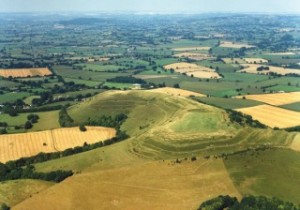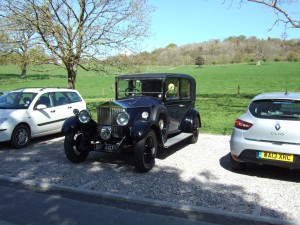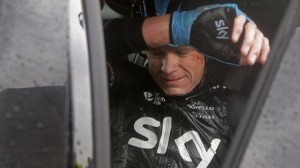I’m a few days late to the news that the National Trust has bought Hambledon Hill, an Iron Age hillfort in North Dorset, for £450,000, thereby securing its future, for ever, for everyone.
I have a very soft spot for Hambledon Hill: it is where I went on my first proper archaeological dig, 35 years ago. Roger Mercer, then of Edinburgh University, was directing the excavation of part of the Neolithic causewayed enclosure on the hill. The causewayed enclosure is a barely-visible part of the earthworks on the hill: the much later hillfort banks and ditches are the best-preserved and most obvious features. I spent a month that summer hoeing and trowelling chalk in the interior of the enclosure (as a green volunteer I was not allowed near the one large archaeological feature—the enclosure ditch—that was being excavated by experienced archaeologists), and finds were few and far between, but I loved it—summer on the chalk downs, with larks singing overhead and independence for the first time in my teenage life. We camped in a field, washed using water from a tap over a cattle trough, and ate meals cooked by a lovely lady called Grace in the Iwerne Courtney village hall.
(The first ever dig I went on was a Sunday spent at a rescue excavation at a site in the area of the proposed Empingham Reservoir, in 1970 or 1971. The reservoir was later built, and renamed Rutland Water. Of course I was a child, so not a proper digger. I found a sherd that I was told was the best found that day. I rather suspect they were being kind to me, but I glowed, and wrote a ridiculously long essay about my archaeological triumph at school the next day. Until that point it had been a toss up between dinosaurs and archaeology. That sherd decided it for me, and set me on course for my career.)
I now live not too far from Hambledon, and Chap and I visit there every now and then. It’s a beautiful spot, and one full of very happy memories for me.


























